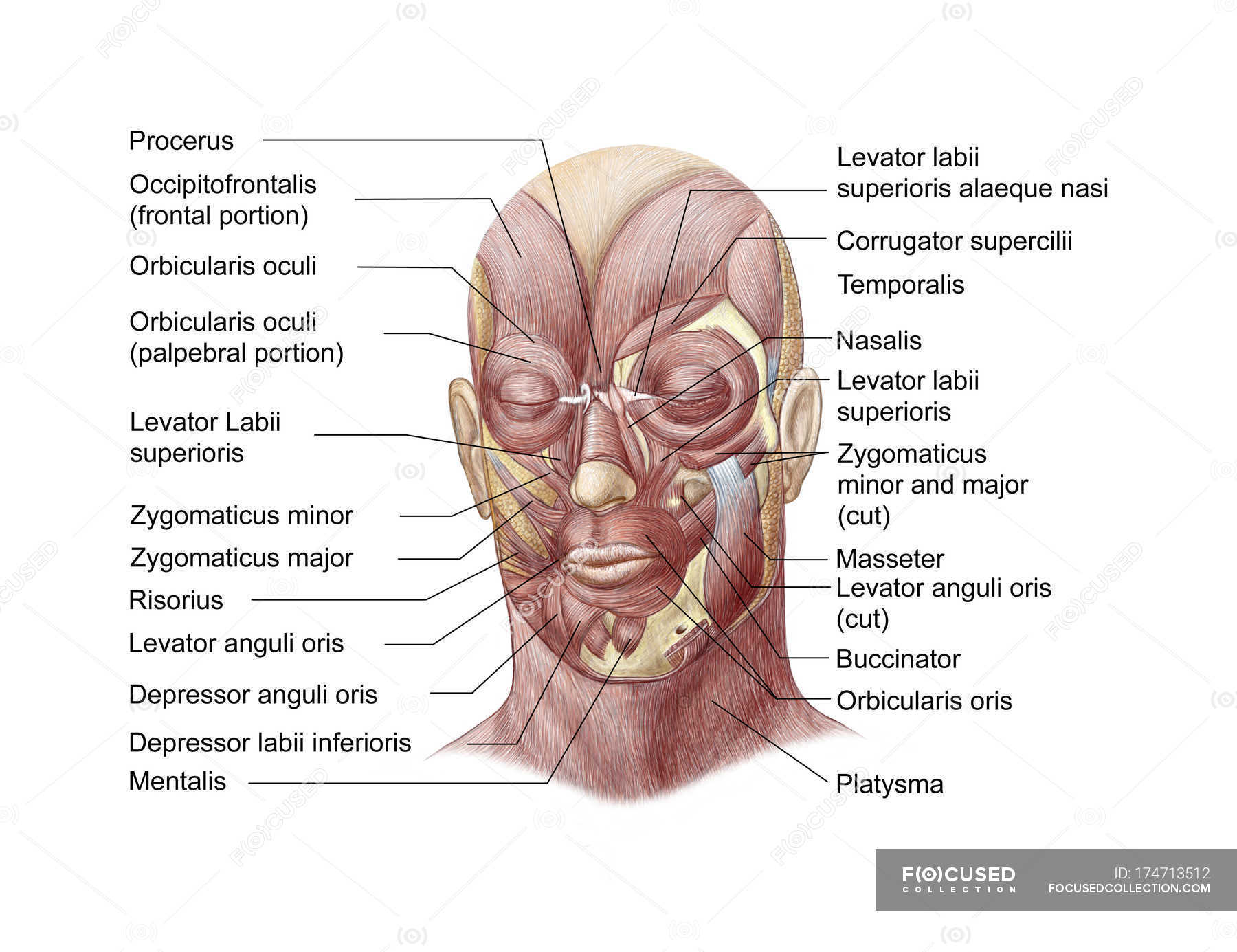What is the action of the Platysma muscle. The flat thin cheek.

Human Face Facial Muscles Human
The flat thin cheek muscle inside the mouth at the side of the face.
What is the buccinator muscle. Buccinator Muscle Weekly Chewing Protocol. In the ox the buccinator is divided into a superficial portion with vertical fibers and a deep portion the fibers of. The zygomaticus major is a muscle of the human body.
The buccinator muscle is served by the buccal branch of cranial. A duct or tube leading from the parotid salivary gland runs through the. The Buccinator muscle is a bilateral square-shaped muscle constituting the mobile as well as the adaptable cheek area1 Couper and Myot coined the term buccinator in the year 16942.
2 This muscle is sometimes referred to as an accessory muscle of mastication due to its role in compressing the cheeks inwards against molars thus aiding in chewing and swallowing. One crucial fact of mewing that many people overlook is that you have to swallow correctly to achieve optimum results. Another important function is facial expression.
Lower margin of mandible and skin and muscle at corner of mouth. The buccinator muscle is the major facial muscle underlying the cheek. The buccinator is a thin quadrilateral muscle occupying the interval between the maxilla and mandible.
Action Retracts angle of mandibula compresses cheek. The buccinator ˈbksnetr is a thin quadrilateral muscle occupying the interval between the maxilla and the mandible at the side of the face. It holds the cheek to the teeth and assists with chewing.
Subsequently one may also ask what is the action of the Zygomaticus major. It is a muscle of facial expression which draws the. The buccinator muscle is the major facial muscle underlying the cheek.
Origin Buccinator ridge of mandible alveolar process of maxilla pterygomandibular ligament. It is an assistant muscle of mastication chewing and in neonates it is used to suckle. The Buccinator muscle is a bilateral square-shaped muscle constituting the mobile as well as the adaptable cheek area.
The buccinator compresses the cheeks against the teeth and is used in acts such as blowing. A tendinous band running the length of the superficial portion creates a furrow that separates the belly into upper and lower bulging forms lying between the corner of the mouth and the masseter muscle. What is the insertion of the Buccinator muscle.
What is the insertion of the Platysma muscle. The buccinator muscle is a facial muscle that is a part of a group of muscles known as the buccolabial group. What is the origin of the Platysma muscle.
Tenses skin of neck. Insertion Orbicularis oris at angle of jaw. Couper and Myot coined the term buccinator in the year 1694.
It takes about 66 days to form a habit Lally et al 2009. Try to make it a habit. The muscle that inserts with the gastrocnemius to the calcaneus via the calcaneal tendon is the.
Whatever you do dont activate your buccinator muscle. Our Apps are nice too. Both muscles are covered by the buccopharyngeal fascia.
The risorius muscles are found at the edges of the mouth and also function in smiling. Controls airflow through the mouth to whistle and suck inblow out air essential for meditative breathing and playing some musical instruments. This muscle causes the corners of a persons mouth to rise when they smile.
A muscle of the cheek. It is an assistant muscle of mastication chewing and in neonates it is used to suckle. The buccinator muscle is the one highlighted in red Mewing does not work the buccinator muscles but instead makes it work less.
The buccinator muscle is a thin quadrilateral facial muscle that is the main component of the cheek It belongs to the buccolabial group of facial muscles along with levator labii superioris alaeque nasi levator labii superioris zygomaticus major zygomaticus minor levator anguli oris risorius depressor labii inferioris mentalis orbicularis oris incisivus superior and inferior muscles. The buccinator muscle is divided into three parts. Prevents you from biting your cheek as you eat.
What buccinator muscle means in English buccinator muscle meaning in English buccinator muscle definition explanation pronunciations and examples of buccinator muscle in English. It holds the cheek to the teeth and assists with chewing. Nerve Buccal branch of facial.
The zygomaticus major muscle is a muscle that controls facial expression drawing the mouths angle upward and outward. You can follow the tips above to chew each meal you have. The buccinator muscle is served by the buccal branch of cranial nerve VII also known as the facial nerve.
The buccinator muscle helps with these functions two of which go beyond eating. The muscles of mastication include the temporalis medial pterygoid lateral pterygoid and the masseter buccinator muscle is an important accessory of chewing. Where is the anterior border of the buccinator located.
The zygomaticus major muscle starts at the cheekbone and extends to the corner of the mouth. In the horse the buccinator consists of deep and superficial portions. The buccinator is a muscle in the cheek which joins the cheekbone and jawbone to the mouth where it blends with the muscle of the upper and lower lips.
Smiling and blowing involves the buccinator. It is covered by the buccopharyngeal fascia. It forms the anterior part of.
Therefore following a weekly protocol can help you get used to chewing correctly. Similarly you may ask what does the Zygomaticus muscle do.
Lecture Notes In Dentistry Lecture Notes For Muscles Of The Head And Neck Head Muscles Neck Muscle Anatomy Muscle Diagram

Pin On Cpt Category I Anesthesia
Muscleeffect Facial Bones Skin Conditions Jawline

Lingual Nerve Course Relations Distribution Clinical Anatomy Anatomy Medical Anatomy Human Anatomy And Physiology

Dog Muscle Anatomy By Thedragonofdoom On Deviantart Dog Anatomy Muscle Anatomy Horse Anatomy